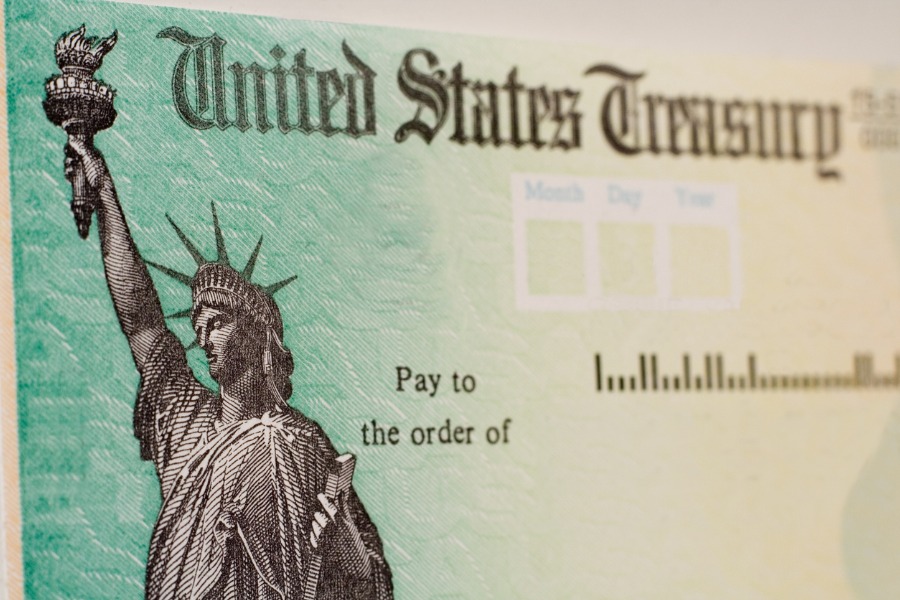

US Treasuries have erased this year’s declines as cooling inflation boosts bets on Federal Reserve interest-rate cuts, with investors now turning to producer prices for confirmation of the disinflationary trend.
Bloomberg’s US Treasury Index is up 0.3% this year, reversing losses of as much as 3.4% back in April. The latest move followed data that showed US inflation slowed further last month, fueling the view among traders and economists that the Fed will start easing policy in coming months.
Investors are looking for more evidence that price growth is broadly decelerating to decide whether the Fed has room to deliver more than two quarter-point cuts this year, a scenario they see as a one-in-three chance. Producer prices probably rose an annual 2.3% June, only a marginally faster pace than the previous month, according to the median estimate in a Bloomberg survey of economists.
“We are at last seeing recent US data coming into bond traders’ favor,” said Nick Twidale, chief analyst at ATFX Global Markets in Sydney. “Comments from Fed officials will be even more closely monitored in coming weeks, but it does feel like the turn is now coming for Treasury bulls.”
US two-year yields, which are comparatively sensitive to the outlook for Fed policy, were little changed around 4.51% on Friday after sliding as much as 13 basis points the previous day to the lowest level since March.
Markets are now almost fully pricing in a 25 basis-point rate cut in September, compared with odds of only about 70% before Thursday’s CPI report.
The latest data was “excellent” and adds to evidence the central bank is on track to reach its 2% goal, Fed Bank of Chicago President Austan Goolsbee told reporters Thursday.
This is “a much awaited moment” for US Treasury traders, said Shoki Omori, chief desk strategist at Mizuho Securities Co. in Tokyo.
Still, some strategists remain cautious about the outlook for Treasuries, saying long-end yields have fallen to levels already compatible with the Fed cutting interest rates twice this year. The benchmark 10-year yield traded at 4.22% on Friday, almost 20 basis point lower than at the start of the month.
The decline in longer-maturity yields is “overextended relative to fair value,” according to Ronald Temple, chief market strategist at Lazard Ltd. in New York.
Investors are also increasingly turning their focus to political developments. After President Joe Biden’s debate performance last month appeared to ease Donald Trump’s path to retake the White House, several strategists have touted the so-called Trump trade, betting the Republican’s policies on tariffs, immigration and deficits will lead investors to demand higher yields on longer-maturity Treasuries.
“For now, economic data, the Fed and market perceptions are aligned in anticipating a less aggressive monetary policy going forward,” Aurele Storno and Florian Ielpo, members of Lombard Odier’s multi-asset investment team, wrote in a note. “This scenario posits that bonds are likely to recover for some time.”

Executives from LPL Financial, Cresset Partners hired for key roles.

Geopolitical tension has been managed well by the markets.

December cut is still a possiblity.

Canada, China among nations to react to president-elect's comments.

For several years, Leech allegedly favored some clients in trade allocations, at the cost of others, amounting to $600 million, according to the Department of Justice.
Streamline your outreach with Aidentified's AI-driven solutions
This season’s market volatility: Positioning for rate relief, income growth and the AI rebound
